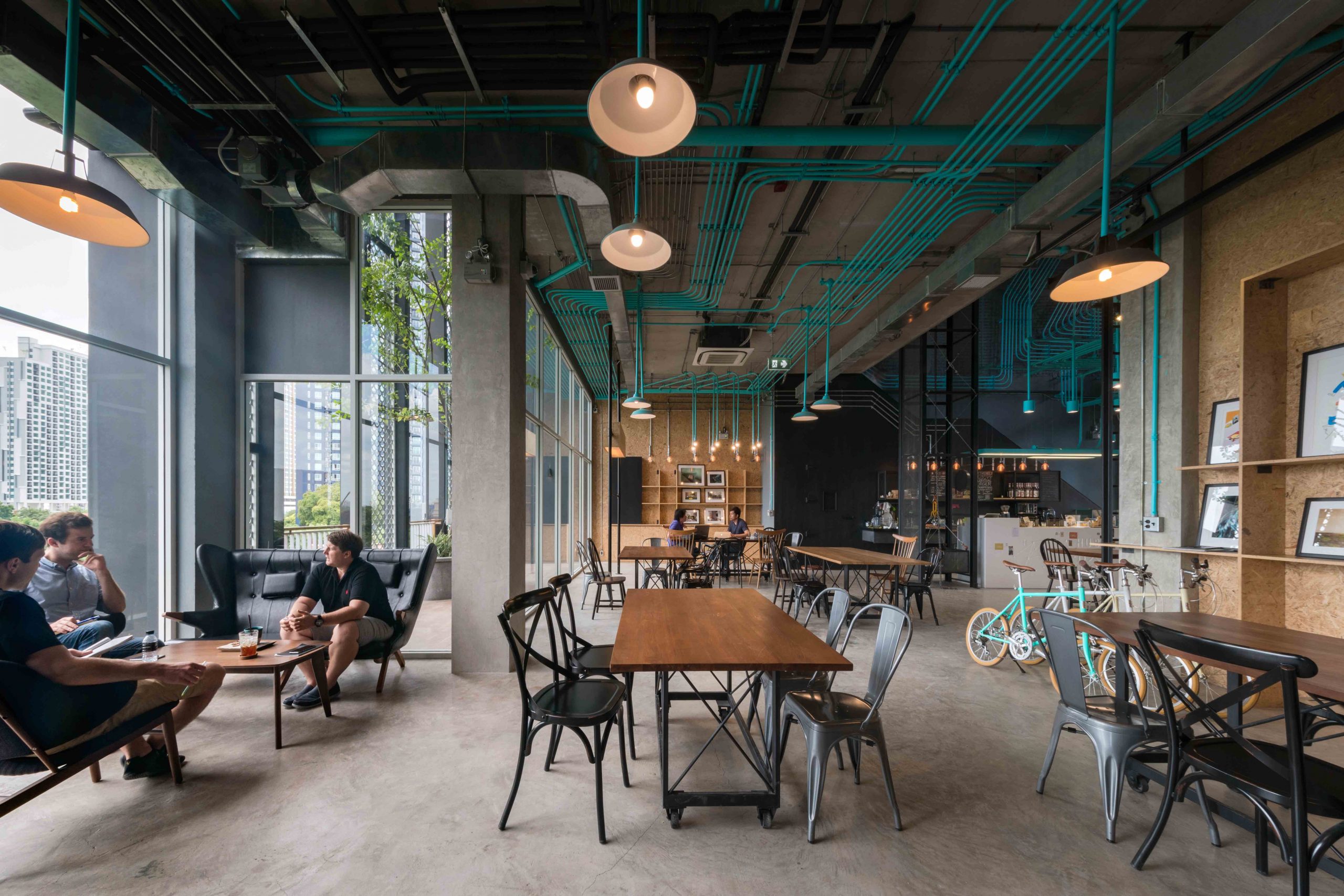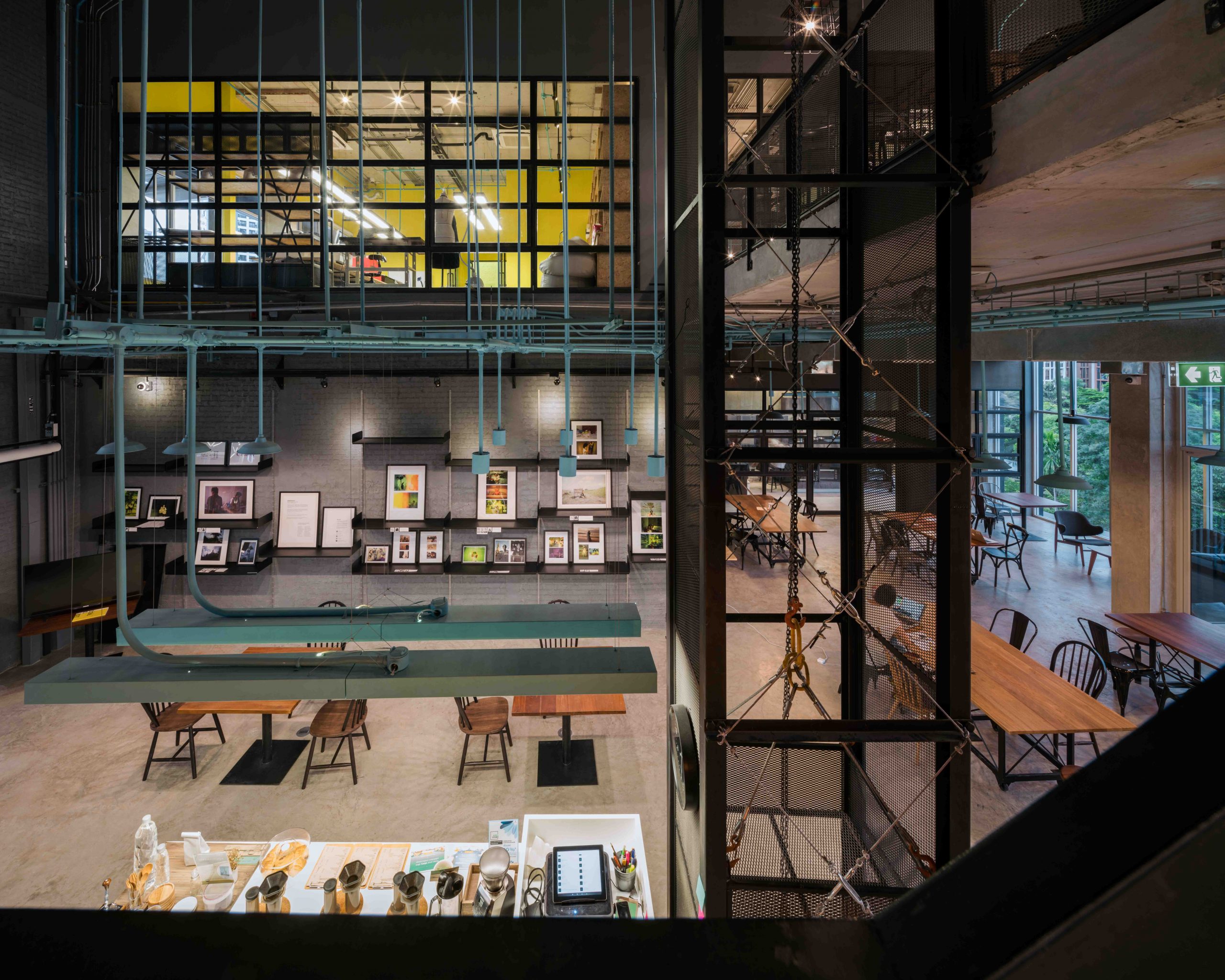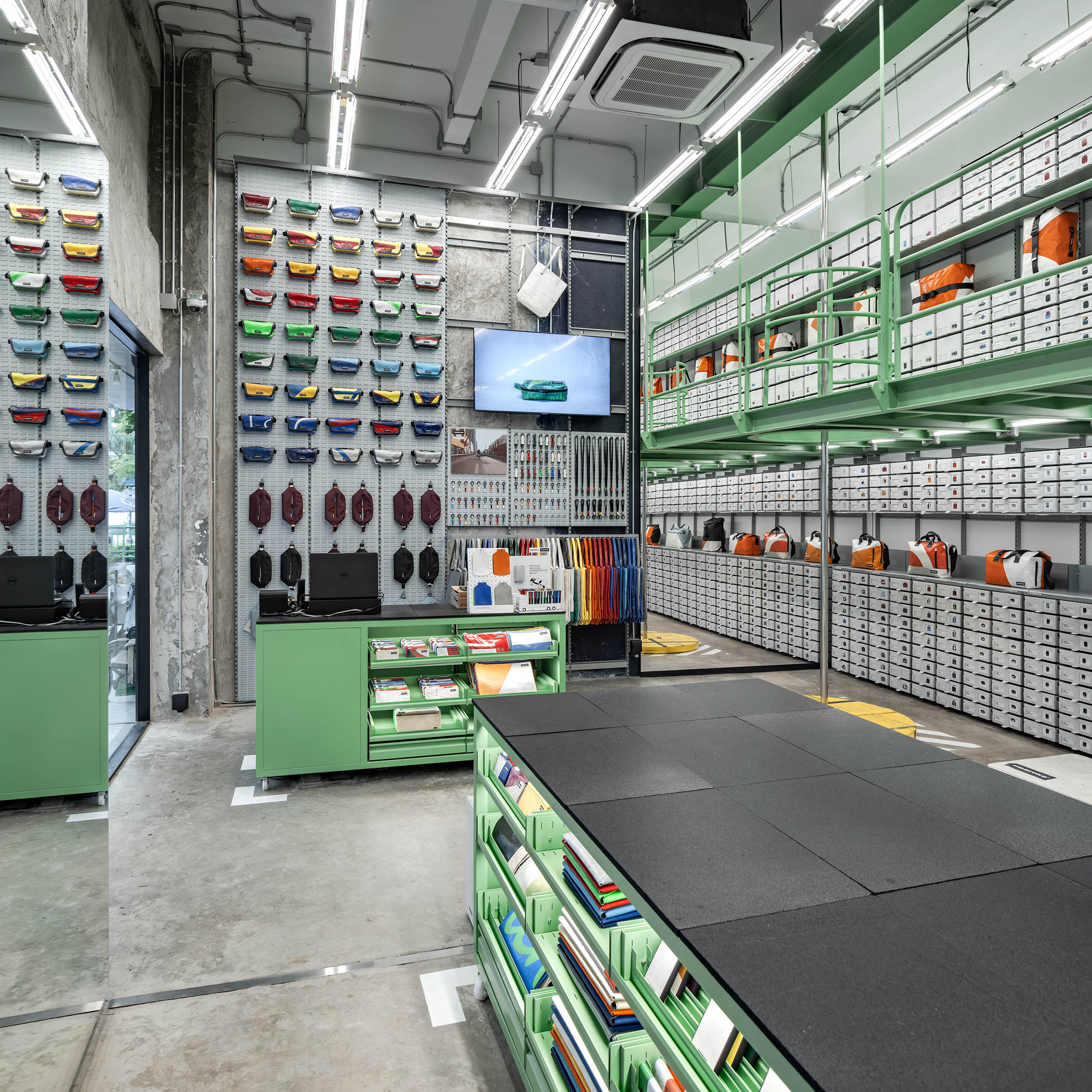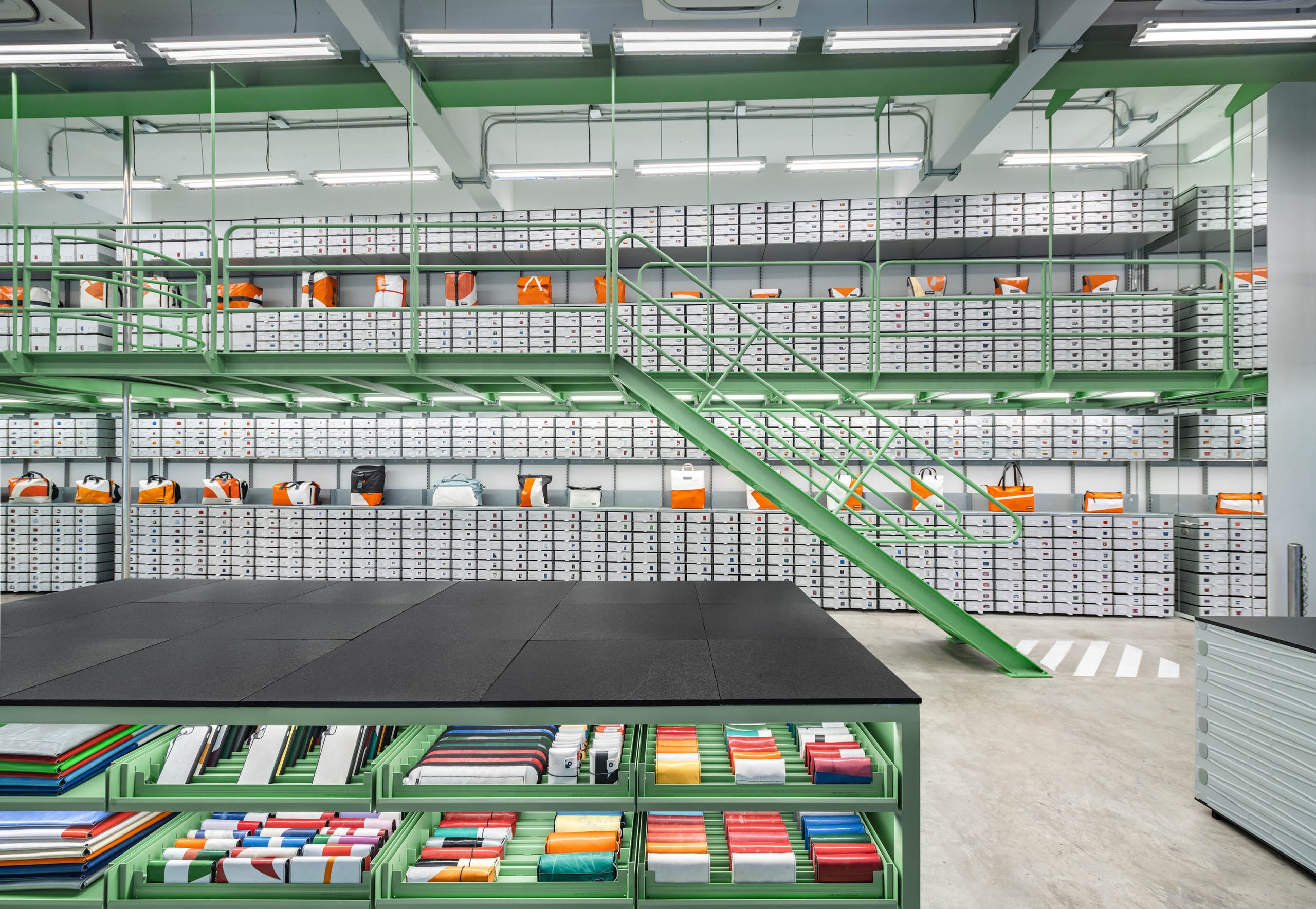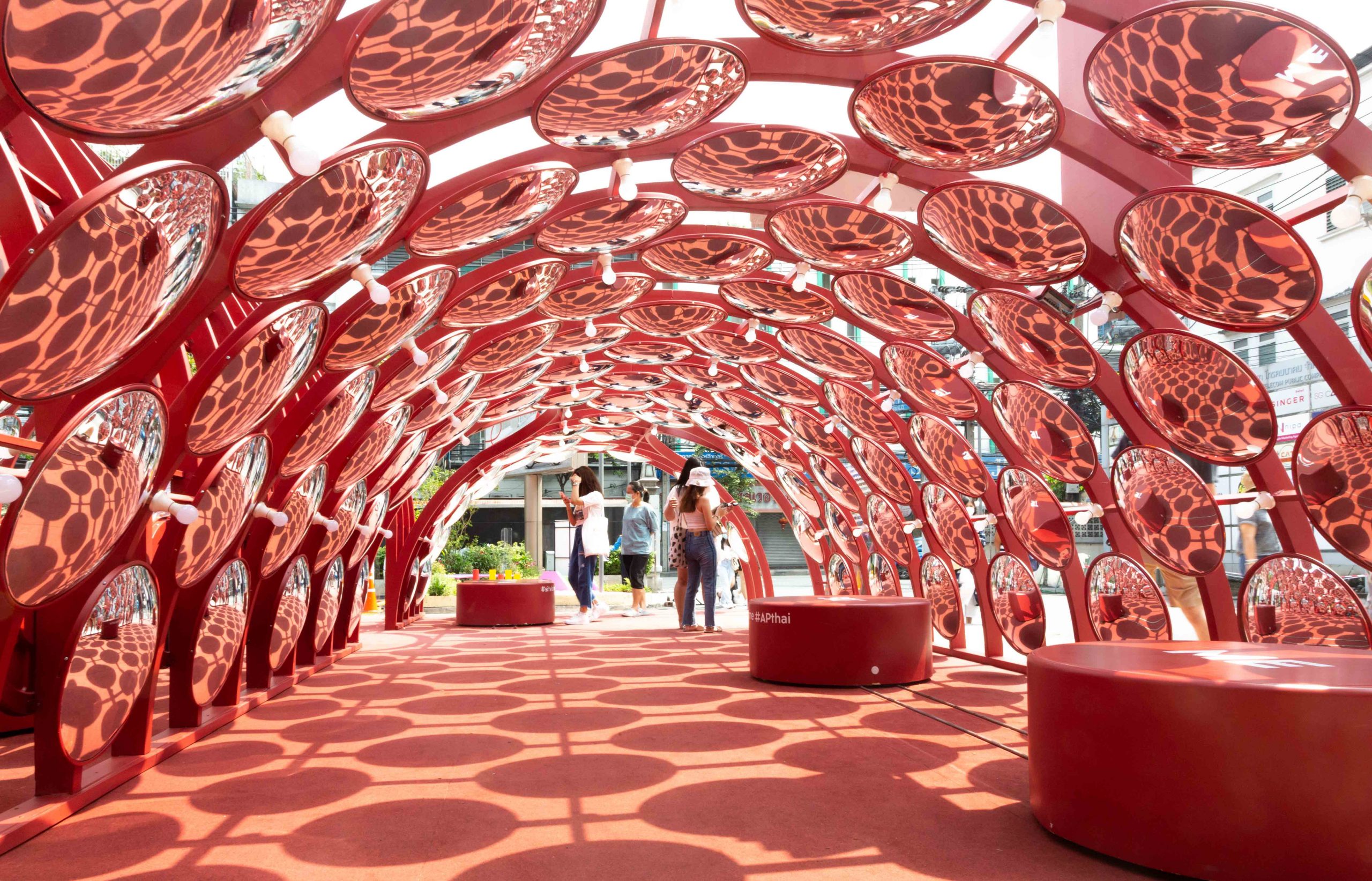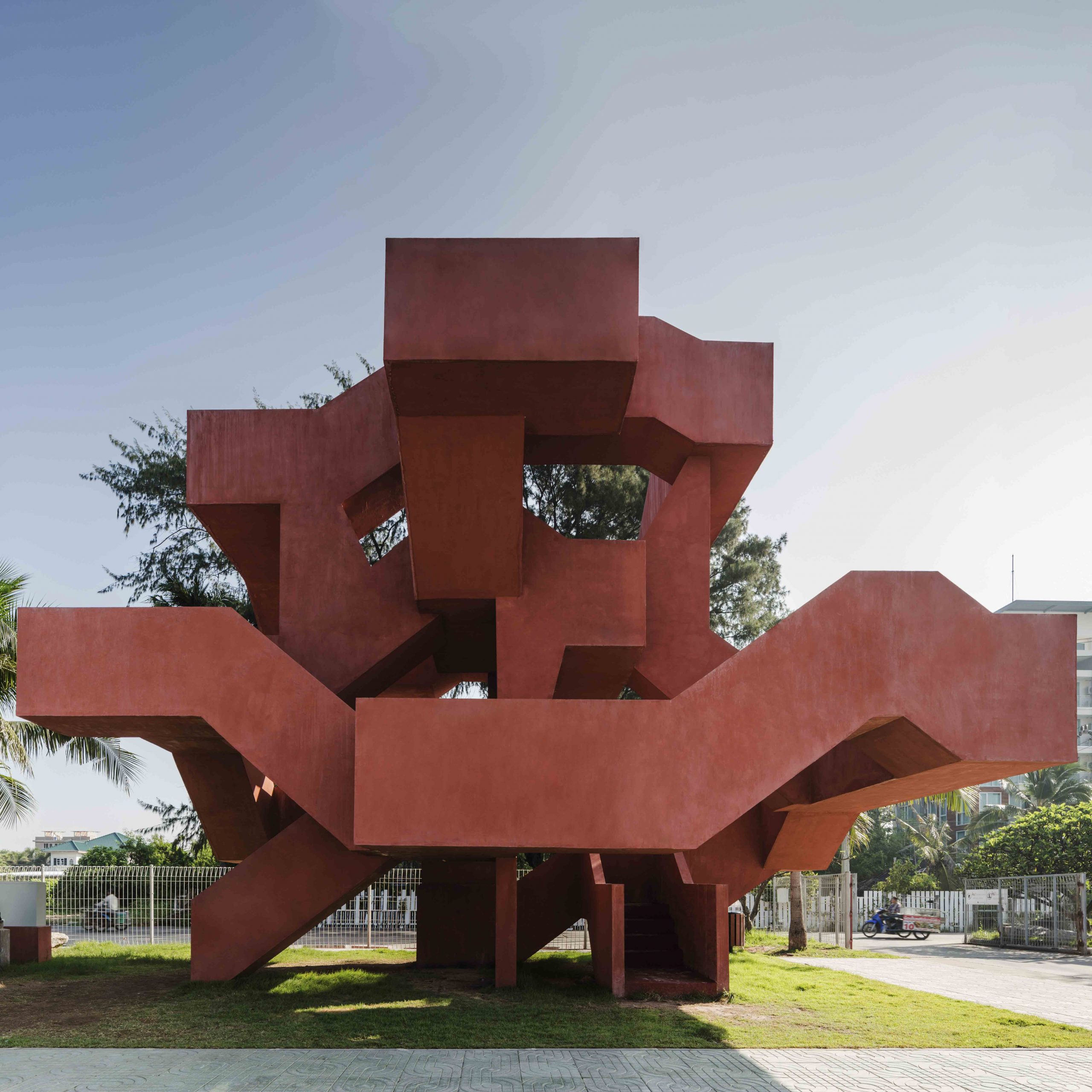Architect Pitupong Chaowakul is the founder of award-winning Supermachine Studio, a multi-disciplinary design studio based in Bangkok. After attaining a Master’s degree in Architecture from the Berlage Institute of Architecture, Rotterdam, Chaowakul worked with Nox architect for a year before returning to Bangkok to chart his career at home. In 2003, he co-founded Thisdesign, a cross-disciplinary design studio. In 2009, he founded Supermachine Studio. Asia Designers Directory speaks with Jack Chaowakul to learn about his career and his inclination towards furthering public spaces in Thailand.
How would you describe your design style?
It is really difficult to pinpoint a specific style. Perhaps it is easier for others to define our design style. But if I have to define a style, I suppose we take towards a modernist aesthetic, but adapt it to different applications. Our designs also change and evolve with time, and cannot be confined to a specific style so to speak.
However, we do keep to a design principle of “multiplying things”. Mostly because of budget constraints, we tend to adopt a bottom-up approach to source for the right elements for the project and multiply these elements in number to become architectural features. We also find pleasure in finding these small things and then repeating them or making variants out of these elements and finally see thousands of them covering surfaces to create visual impact.
- Hubbato, Thailand
- Hubbato, Thailand
- Hubbato, Thailand
- Hubbato, Thailand
Supermachine Studio was founded close to a decade ago, comprising a team of creatives that are young and forward-thinking. How does this translate into the studio’s projects?
In Thai, we term it as “wai roon”, which directly translates to “teenager” or simply young at heart. At Supermachine, we embrace new ideas and welcome young creatives who possess energized and motivated spirits, and approach designs with zest and ethusiasiam. I believes these qualities reflects in the quality of our works.
We are like a small family at Supermachine. So when remote working kicked in at the start of the pandemic, it was not easy for us to adjust to working from home. Fortunately, the situation has since improved and we can come back together and enjoy the camaraderie at the office.
How has Supermachine Studio grown over the years?
I think we have grown a lot in terms of depth and experience, but not in numbers. I have kept the team small, yet efficient, in line with my vision for Supermachine to function like an atelier of sort.
It has not always been this way when just a few years ago, Supermachine took on larger projects. But we have since winded down on the design militia spirit, as I resonate better with how Supermachine was like when I first founded the studio. So right now, Supermachine is undergoing a reconstruction of sort, to scale back somewhat and work on niche projects through the lens of spirited, forward-looking designers.
- Freitag Silom, Thailand
- Freitag Silom, Thailand
- Freitag Silom, Thailand
- Freitag Silom, Thailand
- Sit Vid Me, Thailand
- Sit Vid Me, Thailand
How do you think Thai architecture has evolved?
A lot has changed, though not quite enough in my opinion. We are beginning to see a lot more works from the younger generation, owing partly to the proliferation of the internet and social media, which provide younger designers with more avenues to showcase their works, especially for commercial and residential projects. However, not enough recognition is given to public projects. Otherwise, we will be witnessing greater development both in terms of design and its benefits to the public at large.
When I say that the evolution is “not enough”, I mean to imply that Thai architects have an eye for beauty and are adept at hospitality projects, mainly because tourism is an important tenet to the country’s economy. However, I feel that many still lack a critical and theoretical eye – qualities that are important in developing a coherent society where design can be used to serve the public well.
Having said that, the architectural scene has grown by leaps and bounds, and has shifted significantly over the years. Today, we can spot better designs in public spaces and parks, and people seem to understand how important design is and are willing to invest in it now.
Tell us about projects that are dear to your heart.
I have to say 10 Cal Tower, a red concrete staircase public playground commissioned and sponsored by the Siam Cement Group, the largest cement company in Thailand. This playground was launched for the Group’s 100 years anniversary. It is an unconventional playground built with a brutal concrete structure with only steps, without any traditional playground elements.
I love the project because it was a bold attempt. I recall on the first day of its launch, many local children were running around, having a whale of a time. Even though it was pretty abstract, we made the concrete structure work as a public playground.
I also like that it has assimilated well into the community. Today, the playground is already eight years old and appears weathered up like any other public facility in Thailand. Now, there is also a public gym built right adjacent to it. However, unlike other public facilities, this playground stands out with several design awards. I believe this recognition is an indication of how far Thai society has developed in terms of public responsibility and giving public spaces the attention they deserve. We are still making progress in this area.
- 10 Cal Tower, Thailand
- 10 Cal Tower, Thailand
- 10 Cal Tower, Thailand
What is your typical work day like?
I arrive at the office in the late morning and have lunch at the office. We have a dedicated lunch room that provides myriad meals from authentic Thai, Chinese or just about any cuisine brought back by the team from their weekend travels. This is followed by remote or in-person discussions with clients or site inspections. Five days a week, I take a 6-10 kilometres jog. Many in the office share a similar schedule. In my opinion, long-distance running is a lot like being an architect, painful and torturing but yet so satisfying once you cross the finishing line. I guess a shared passion and vision is what binds our small team further.

